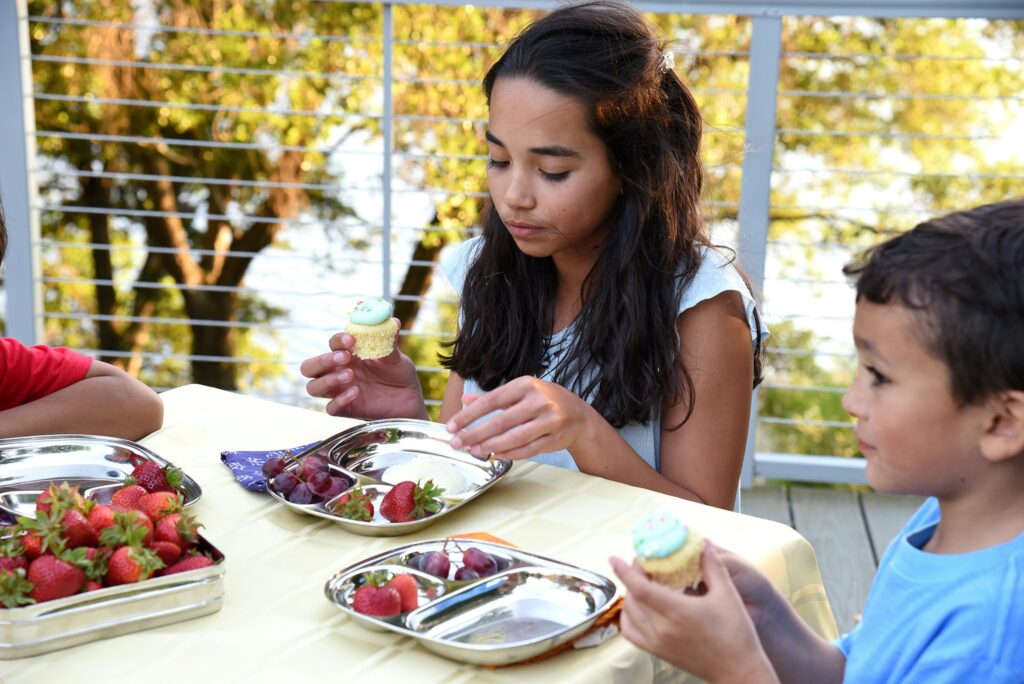Today, let’s delve into a crucial topic for parents and caregivers of children on the autism spectrum — understanding the impact of diet. While each child is unique, being aware of certain foods that might pose challenges can be a valuable tool in providing optimal care. Let’s navigate this nutritional terrain together to ensure our loved ones receive the best support for their well-being.
Understanding the Connection: Research suggests a potential link between diet and behaviour in children with autism. While it’s essential to consult with healthcare professionals for personalized advice, being aware of common triggers can be a valuable tool in providing optimal care.

Foods to Avoid:
1. Artificial Additives and Colors:
Artificial additives and colours in food may have an impact on behaviour. Opt for whole, unprocessed options to minimize exposure.
2. Gluten:
Gluten, found in wheat and certain grains, may pose challenges for some children with autism. Consider exploring gluten-free alternatives.
3. Casein:
Casein, present in dairy products, is another factor to consider. Some children may benefit from alternatives like plant-based milk.
4. Processed Sugars:
Processed sugars, hidden in many foods, can lead to energy spikes and crashes. Opt for natural sweeteners and whole fruits instead.
5. Highly Processed Foods:
Highly processed foods often lack essential nutrients and may contribute to behavioural challenges. Choose nutrient-dense options for a balanced diet.
Nurturing a Balanced Diet:
While certain foods might be best avoided, it’s equally important to focus on what should be included in a child’s diet. Emphasize nutrient-dense options such as fruits, vegetables, lean proteins, and whole grains. Don’t forget the power of hydration — water is a key player in promoting overall well-being.

Consulting with Professionals:
Each child is unique, and consulting with healthcare professionals, including nutritionists and dietitians, is crucial before making significant dietary changes. They can provide personalized guidance tailored to your child’s specific needs.
Conclusion: Navigating the dietary landscape for a child with autism requires patience, understanding, and a commitment to their well-being. By being mindful of the foods that might pose challenges and focusing on a nourishing, balanced diet, we can support our loved ones on their journey to thriving health.
Here’s to nurturing beautiful minds through mindful nutrition! 🌱✨

